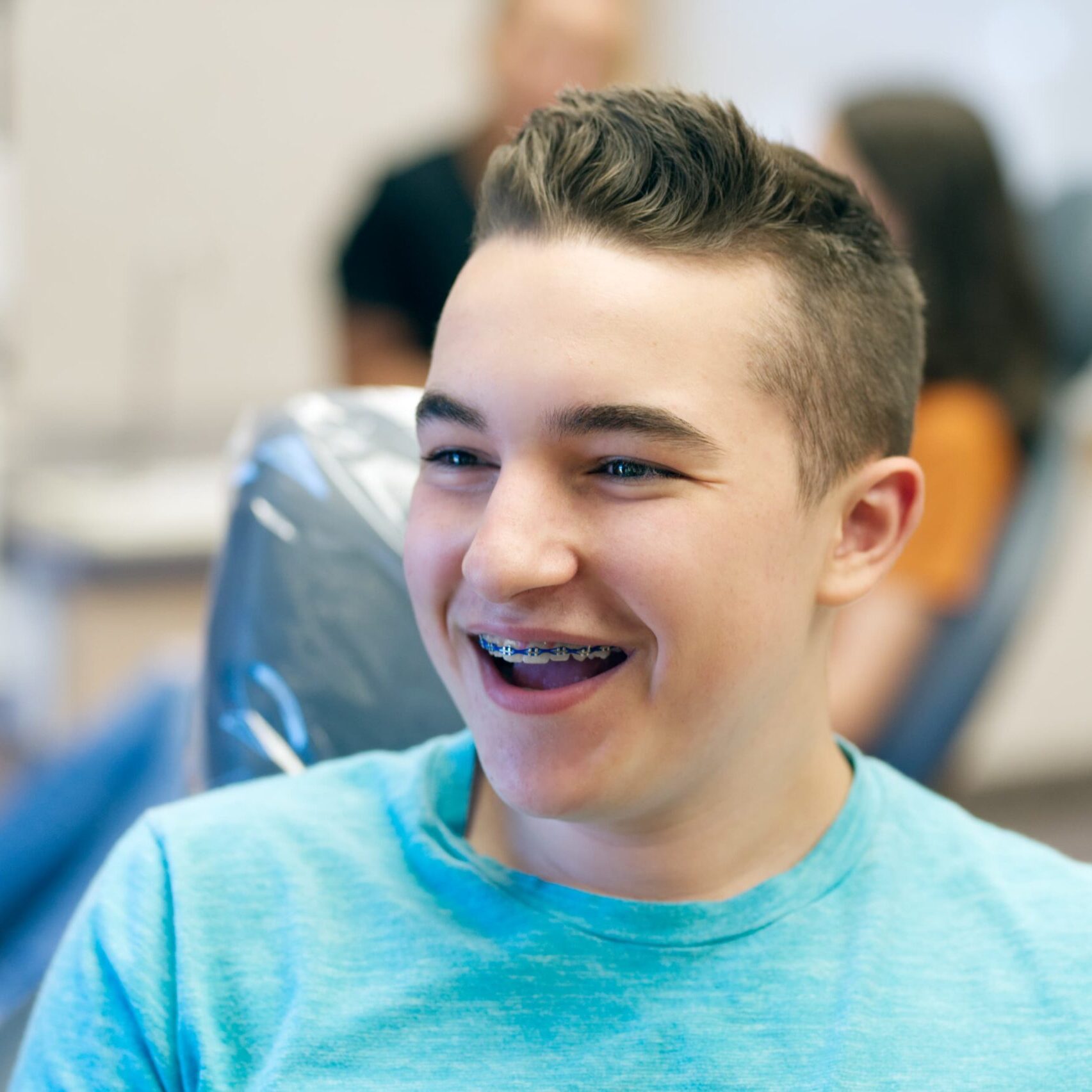Common Questions About Orthodontics
To help you feel more comfortable, here are some answers to many common questions about orthodontics from people around Middlebury and Watertown.

Here to Help
Have more questions? Give us a call or schedule a free consultation at our Watertown or Middlebury offices.
We also proudly serve patients in Waterbury, Southbury, and other surrounding areas.